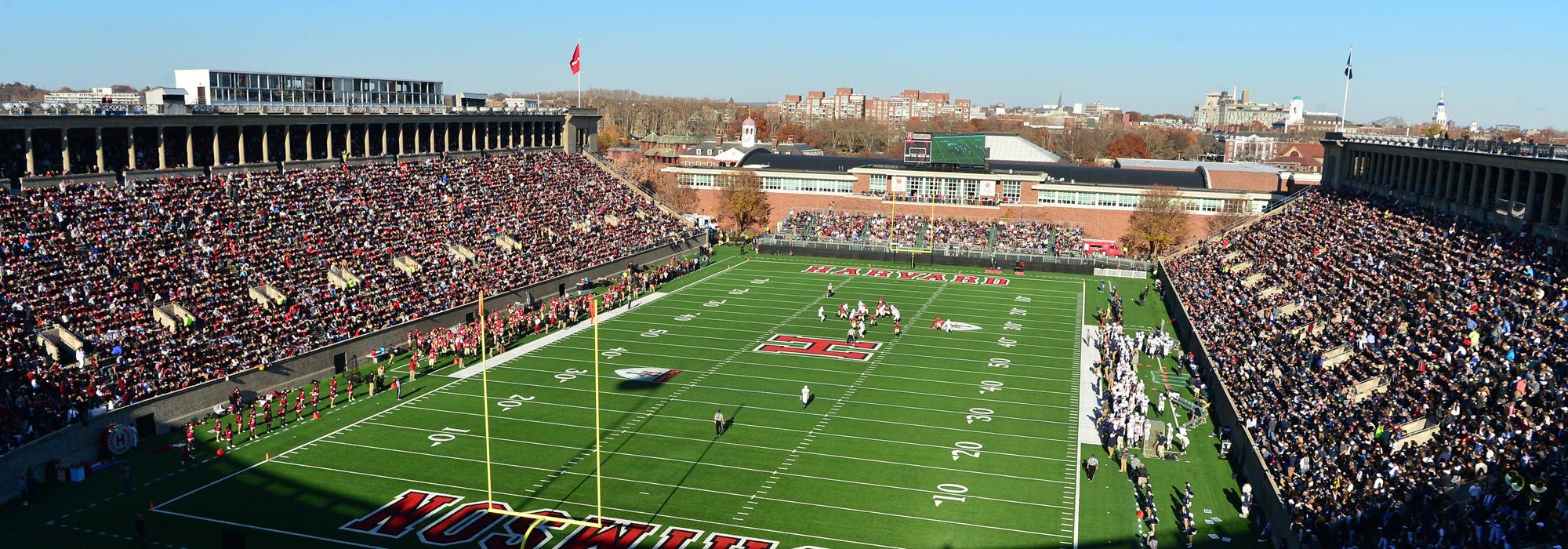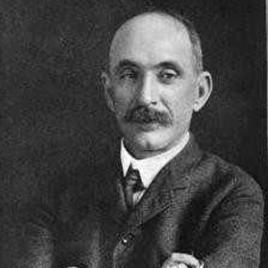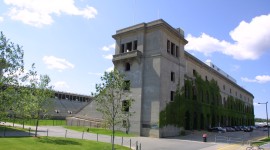Pioneer Information
Born in Mooresville, Indiana, Hollis attended public schools in Louisville, Kentucky. He then apprenticed at a machine shop, held a clerical position with a railroad, and worked at a cotton commission house in Memphis. Hollis entered the U.S. Naval Academy in 1874, graduating with honors as a Cadet-Engineer in 1878. He served for fifteen years in the Navy on sea and shore duty, being made assistant engineer in 1880. In 1881, following a three-year assignment, Hollis taught marine engineering for three years at Union College in Schenectady, New York. In the early 1890s he was chief engineer of the Charlestown and Richmond Navy Yards. Hollis was an assistant to the Chief of the Bureau of Steam Engineering for two years, and in 1892 he lectured on naval engineering at the Naval War College. He resigned from the Navy in 1893 to teach engineering at the Lawrence Scientific School at Harvard University, also serving as the head of the engineering department. Hollis joined the school’s athletic committee in 1895 and was elected chairman in 1897, having been acting chairman the previous year. He was selected by the faculty to take charge of the plans and the building of Harvard Stadium (1903). Hollis resigned from the athletic committee chairmanship that year. In 1913 he was elected the fifth president of Worcester Polytechnic Institute in Worcester, Massachusetts, remaining in that position until his retirement in 1925.
Hollis was a Fellow of the American Academy of Arts and Sciences and was elected to membership in the American Society of Mechanical Engineers in 1884, being vice president of the society from 1911 to 1913. In 1904 he published “Origin of the Harvard Stadium” in the Harvard Engineering Journal. Hollis died at the age of 74 and was buried in Mount Auburn Cemetery in Cambridge, Massachusetts.






